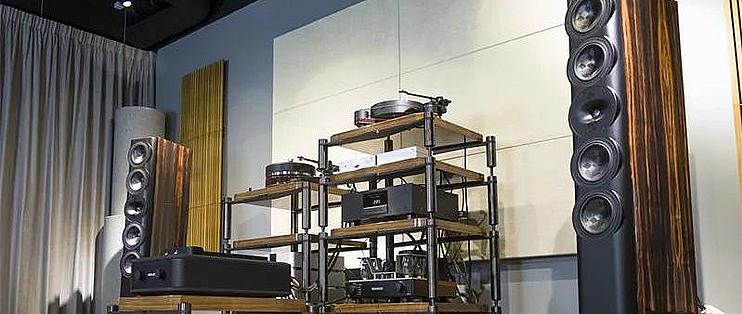
Perlisten S7tSE: The Hi-End Loudspeaker to Beat in the $20,000 - $40,000 Range
The Perlisten S7t is a loudspeaker of remarkable distinction. Its unique appeal lies in several key attributes: outstanding sonic performance, a distinctive design aesthetic, and a compelling allure for a discerning clientele.
Perlisten, a loudspeaker brand established in the mid-2010s, introduced its inaugural products in 2020. In contrast to many nascent audio ventures, Perlisten has demonstrated robust financial backing and operational efficiency. Their product line has rapidly expanded to encompass 36 models, including floor-standing, bookshelf, and center channel speakers, as well as subwoofers and select in-ceiling and in-wall options.
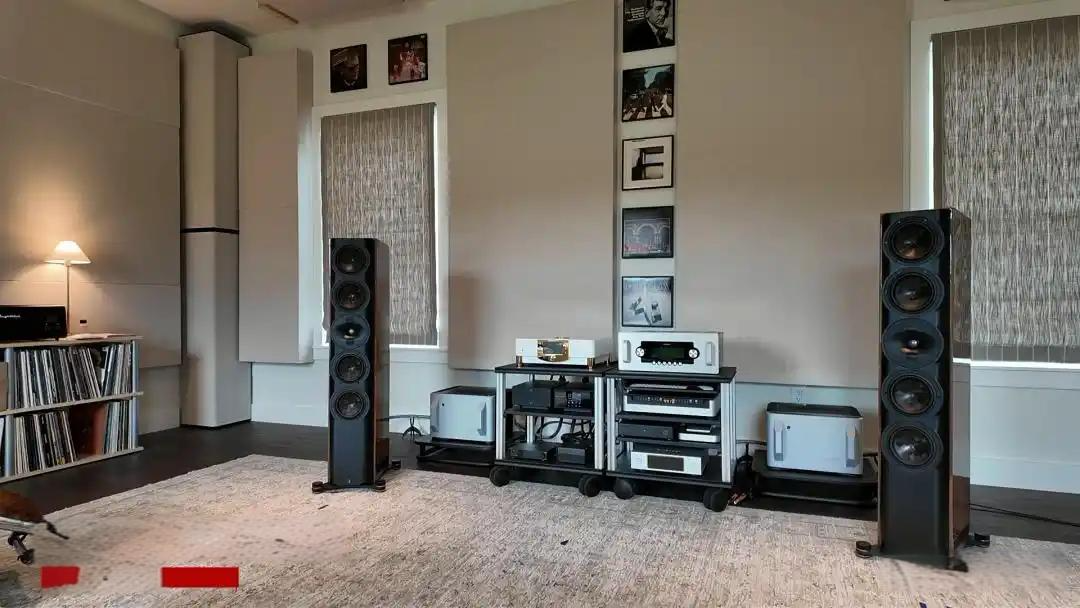
The S7t SE, the subject of this review, is positioned as one of the premier offerings within the Perlisten range. This substantial floor-standing loudspeaker stands 51 inches tall and 16 inches deep, with each speaker weighing a considerable 122 pounds. Given its exceptional technical capabilities, we categorize the S7t within the $20,000 to $40,000 loudspeaker echelon, rather than the $10,000 to $20,000 bracket.
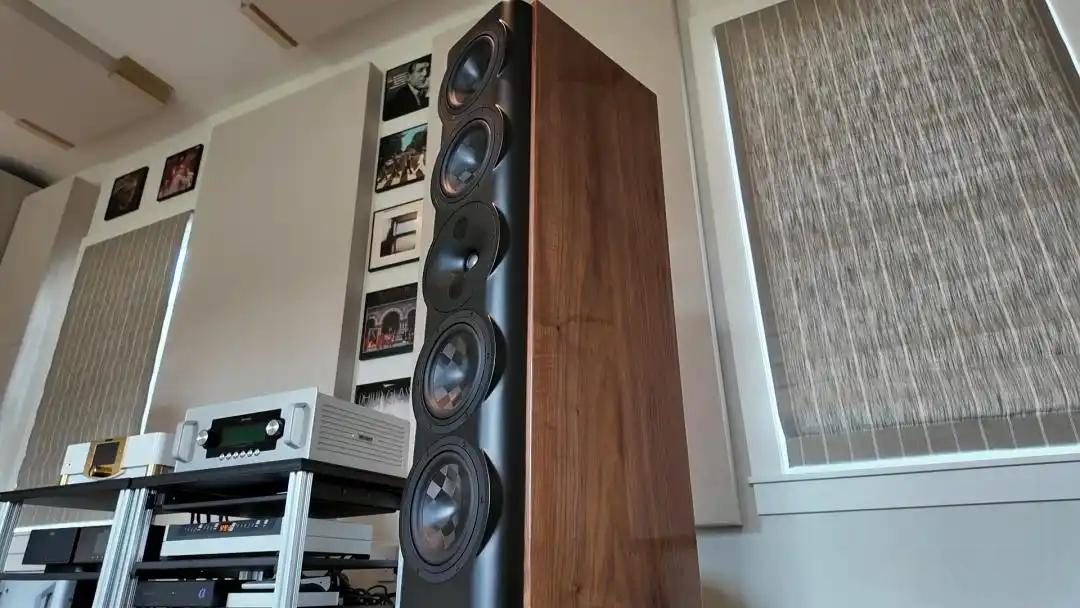
The S7t's design distinguishes itself within its class, even as it maintains the familiar configuration of cabinet and driver cones. At first glance, it might appear conventionally similar to other loudspeakers. However, closer inspection reveals a unique four-way design. Four 7-inch bass drivers work in unison, covering the spectrum from the lowest frequencies up to the mid-bass range. Two centrally located mid-bass units then extend the response to approximately 1.5 kHz. At this point, the audio transitions to Perlisten's DPC (Directivity Pattern Control) array, comprised of three 1.1-inch mid-tweeters mounted on a waveguide. This innovative arrangement allows for a lower crossover point for the tweeter than in typical designs, while simultaneously providing increased output capability, thereby significantly reducing distortion. Finally, the flanking mid-tweeters gradually taper off, leaving only the central tweeter to handle the highest frequencies.
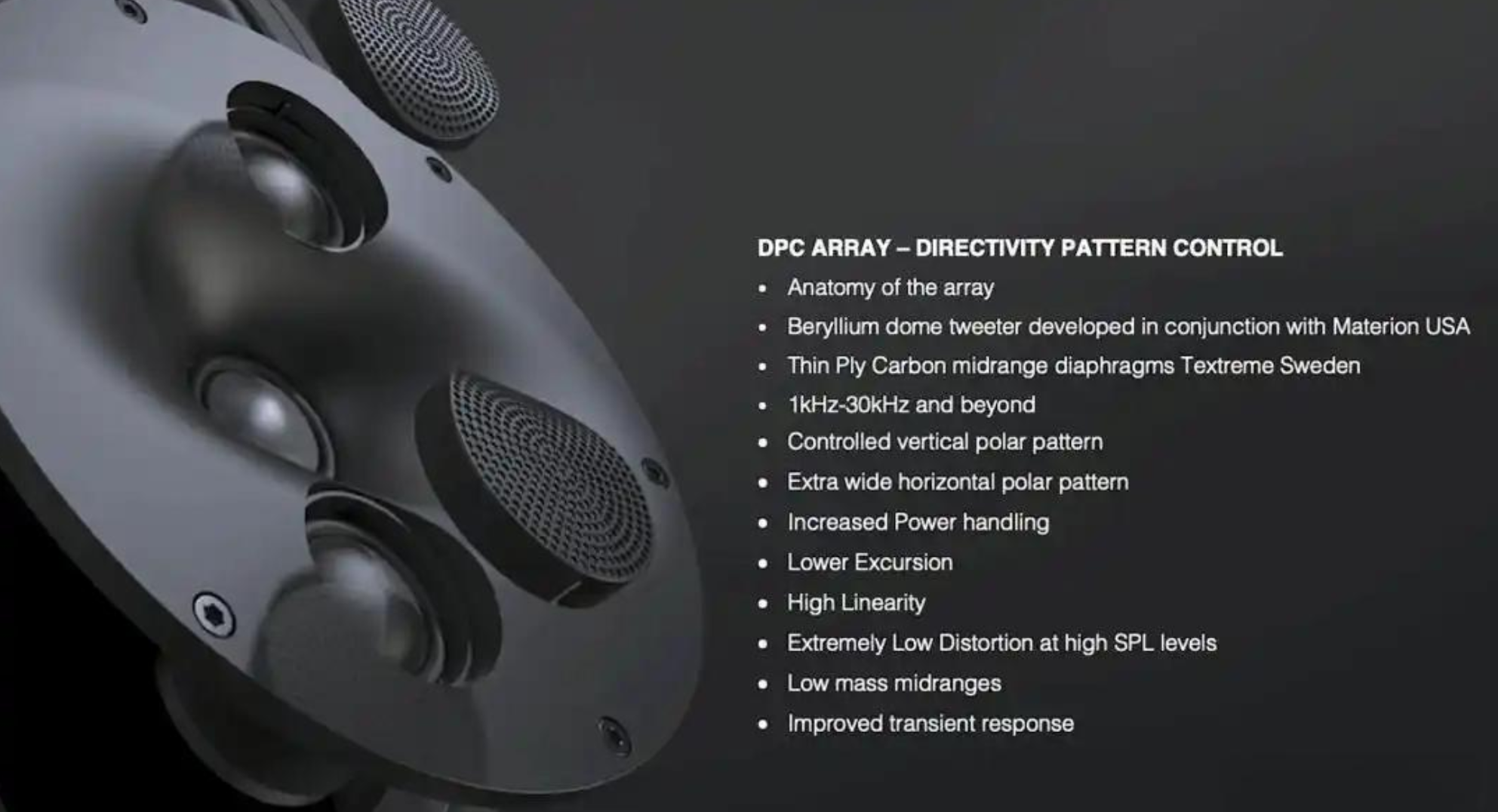
All of these design endeavors are aimed at achieving superior control over the loudspeaker's directivity. Specifically, Perlisten's objective is to ensure predictable and consistent output, both horizontally and vertically. Why this focus? There are several compelling reasons. Firstly, a smooth power response—the speaker's output characteristics across different frequencies—is crucial for accurate imaging. More importantly, research indicates that achieving smooth and controlled dispersion in the horizontal plane is instrumental in recreating a realistic soundstage and a sense of spaciousness. Conversely, limiting vertical dispersion helps mitigate certain acoustic challenges inherent in real-world listening environments. One such challenge is uncontrolled ceiling reflections. Another, even more intractable issue, is floor reflections, which can introduce undesirable undulations in the upper bass and lower midrange response. To realize these objectives, Perlisten has implemented a waveguide design, stacked mid-tweeters, small bass drivers, and a vertical bass driver array, all working in concert with a sophisticated crossover network.

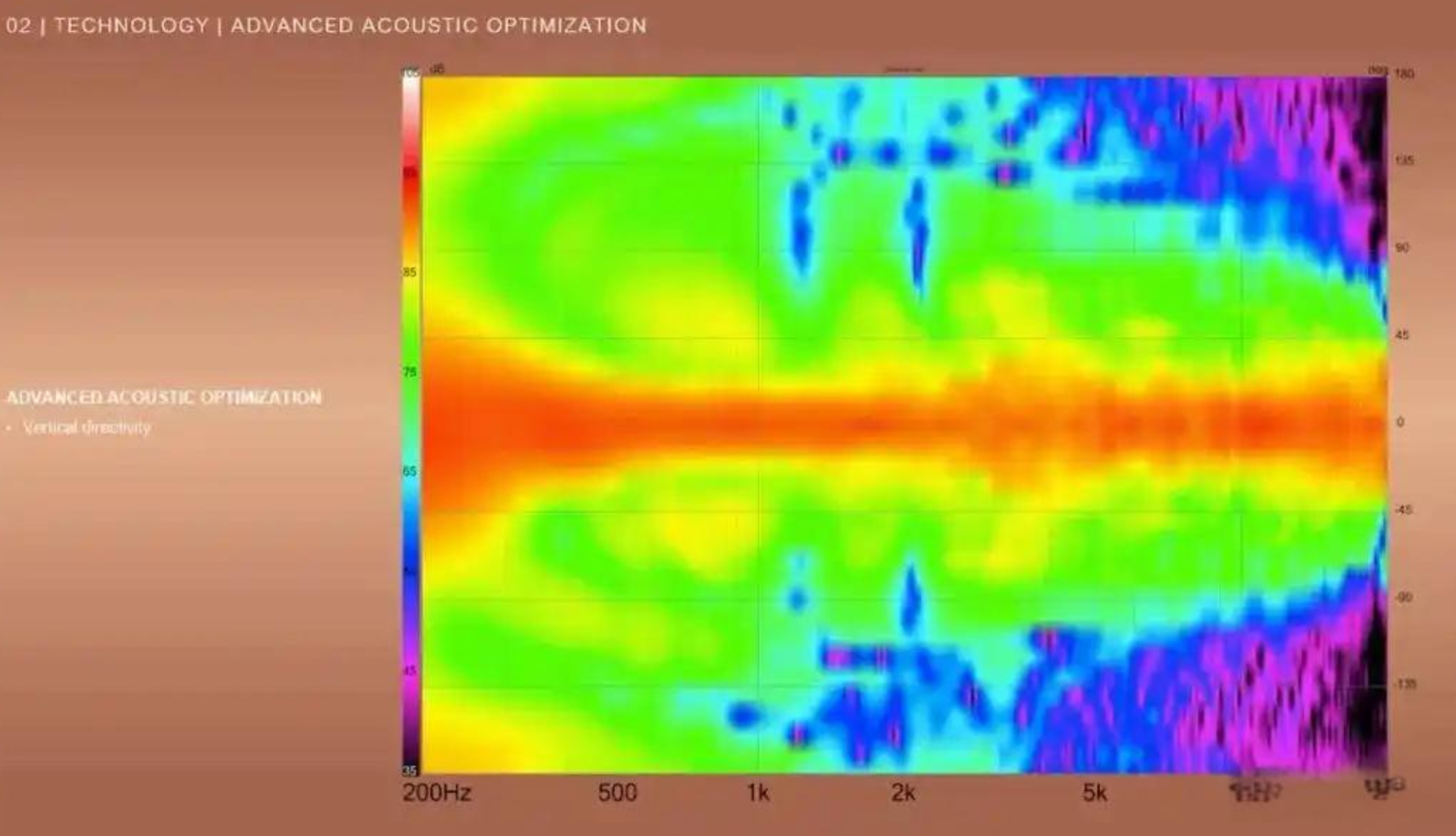
The loudspeaker employs a bass-reflex design with a ported enclosure to extend low-frequency output. However, below the tuning frequency of the port, the roll-off rate is not the typical 24 dB per octave. Furthermore, the speaker includes foam port plugs, allowing users to switch to a sealed-box mode of operation, although these plugs were not utilized during our listening evaluation.

The S7t boasts a sensitivity rating of 92 dB (2.83V/1m), a notably impressive figure. With a nominal impedance of 4 ohms, it is advisable to pair these loudspeakers with amplifiers capable of comfortably driving lower impedance loads.
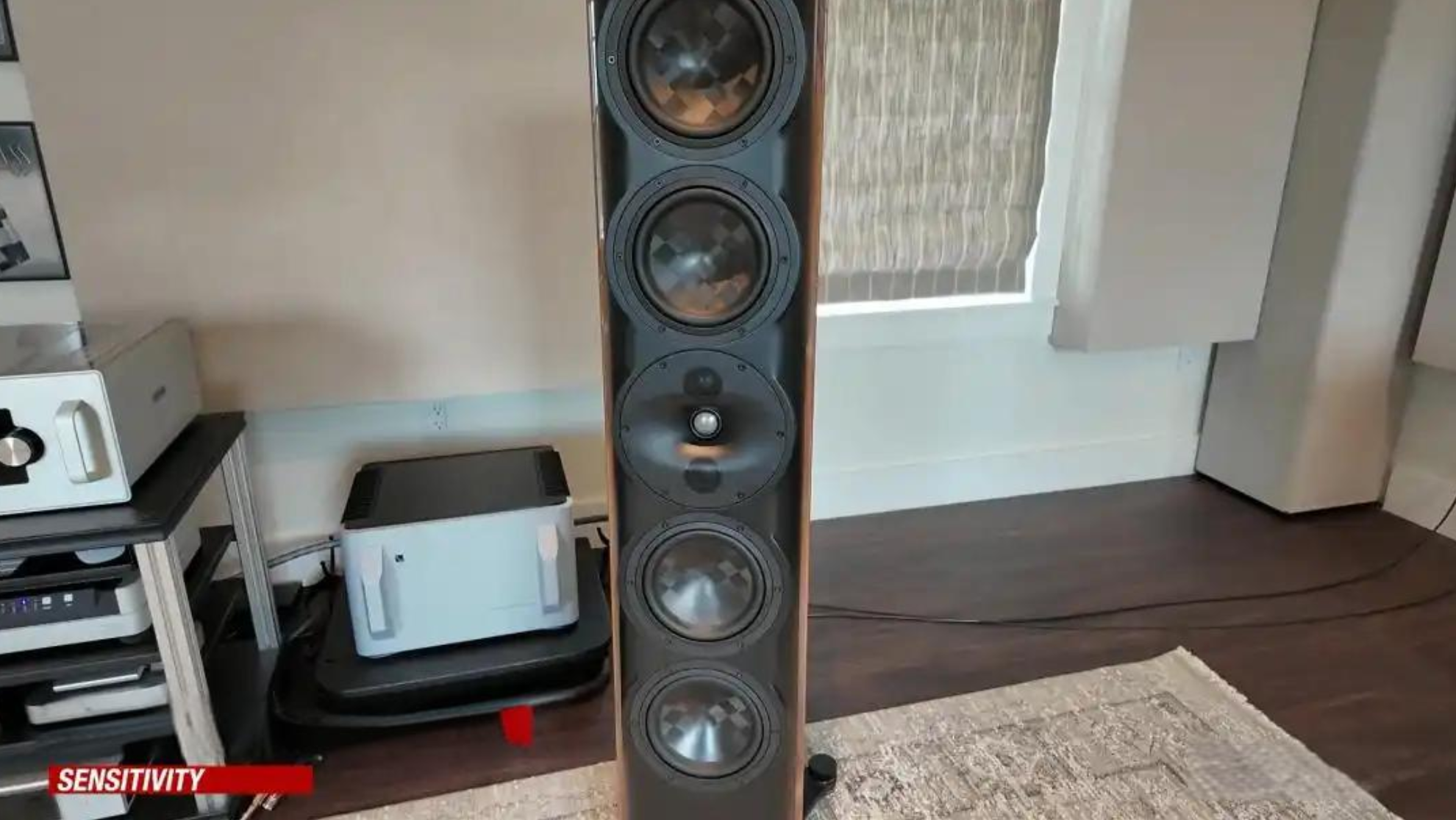
Perlisten places significant emphasis on scientific rigor in their design process, boasting patents and research advancements across multiple engineering domains. They design their drivers in-house, utilize Comsol acoustic modeling, and subject their prototypes to Klippel testing. The S7t also holds the distinction of being the world's first loudspeaker to achieve THX Dominus certification.
However, we firmly believe that specifications and design methodologies cannot directly translate into an intuitive understanding of sonic qualities. Therefore, we prioritize listening and sharing our objective evaluations of their sound performance.
What Makes the Perlisten S7t Unique?
I prefer to begin discussions of audio equipment by addressing their sonic characteristics. This approach helps you determine if a product aligns with your specific needs. Just as in reviewing a car, if its defining feature is comfortably seating nine passengers, but your priority is a sports car, then that vehicle is clearly not for you. This doesn't imply the car is deficient; it simply means it's ill-suited to your purpose. With audio equipment, the selection process is even more nuanced, as a product's sonic strengths and weaknesses are intrinsically linked to individual preferences. Clarity about your sonic desires is paramount. "Perfect sound" remains an elusive ideal. Consequently, understanding your own sonic predilections and finding equilibrium amidst inevitable trade-offs becomes essential.
In my evaluation, the S7t exhibited four prominent characteristics within its price category:
Firstly, an overarching impression of low distortion. Here, distortion encompasses more than just harmonic distortion; it refers to distortion in a broader sense—any alteration to the sound during signal transmission. Unlike preamplifiers, loudspeakers typically cannot reduce many forms of distortion to infinitesimally low levels. However, I've observed that certain loudspeakers demonstrably reduce these distortions below a critical threshold. This reduction fundamentally alters the listener's relationship with the music. When distortion is effectively managed, the listener's focus shifts from "audio artifacts" to "the music itself." In other words, by minimizing coloration or distortion at key critical points, listeners become less preoccupied with "bass impact" or "treble sweetness" and more absorbed in the pure presentation of the music.
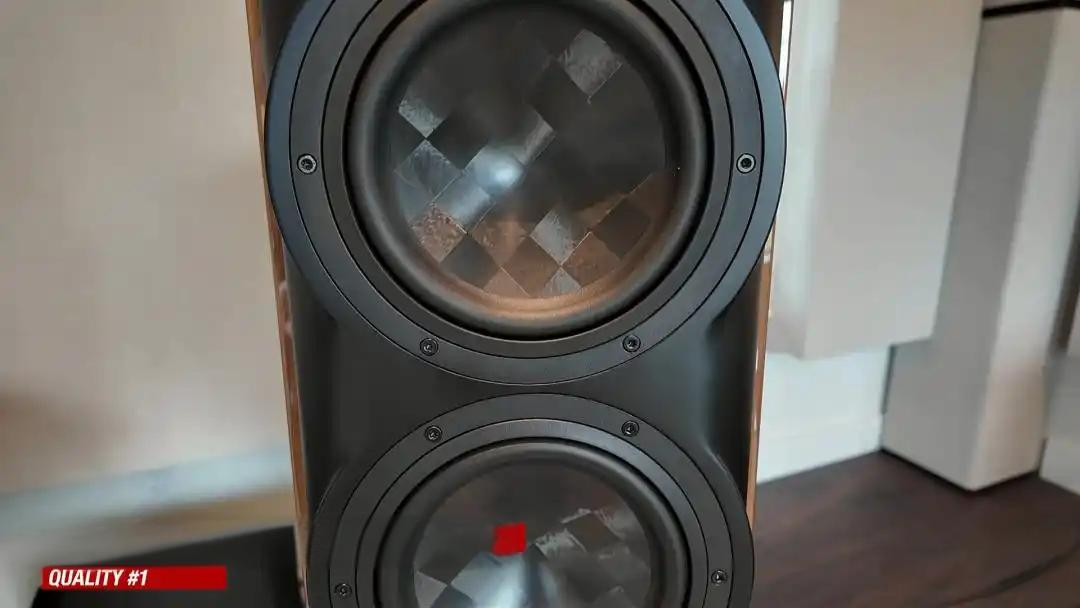
This transformation is so profound, so uncommon, that many listeners may have never encountered it. However, the Perlisten S7t demonstrably delivers this experience with regularity, particularly when you cease actively searching for "audio effects." Individual sensitivity to this phenomenon may vary, hence my provision of these detailed observations. Ultimately, fully appreciating this holistic sense of low distortion likely necessitates a personal audition of the S7t to ascertain its suitability for your auditory preferences.
Secondly, the S7t excels in soundstage performance. These loudspeakers adeptly liberate the sonic image from the physical speaker cabinets, conjuring a remarkably expansive soundstage. Even more surprisingly, the S7t's soundstage surpasses the breadth typically encountered in loudspeakers within this price range. The vertical scale of the stage and performers is noticeably more pronounced, stage width is exceptionally rendered, and depth is convincingly portrayed. While many loudspeakers can accurately position performers from left to right and even convey layered depth, they often falter in two aspects: firstly, the soundstage can sound vertically compressed, a limitation absent in the S7t; and secondly, when performers are positioned at the extreme left or right edges of the stage, a discontinuity in front-to-back localization can occur—the stage assumes a U-shape, with centrally located performers appearing recessed, while those on the left and right flanks seem unduly forward. Although not entirely immune to this phenomenon, the S7t, across a wide range of musical selections, more closely approximates a realistic soundstage than the majority of loudspeakers, maintaining excellent coherence throughout the sonic panorama.
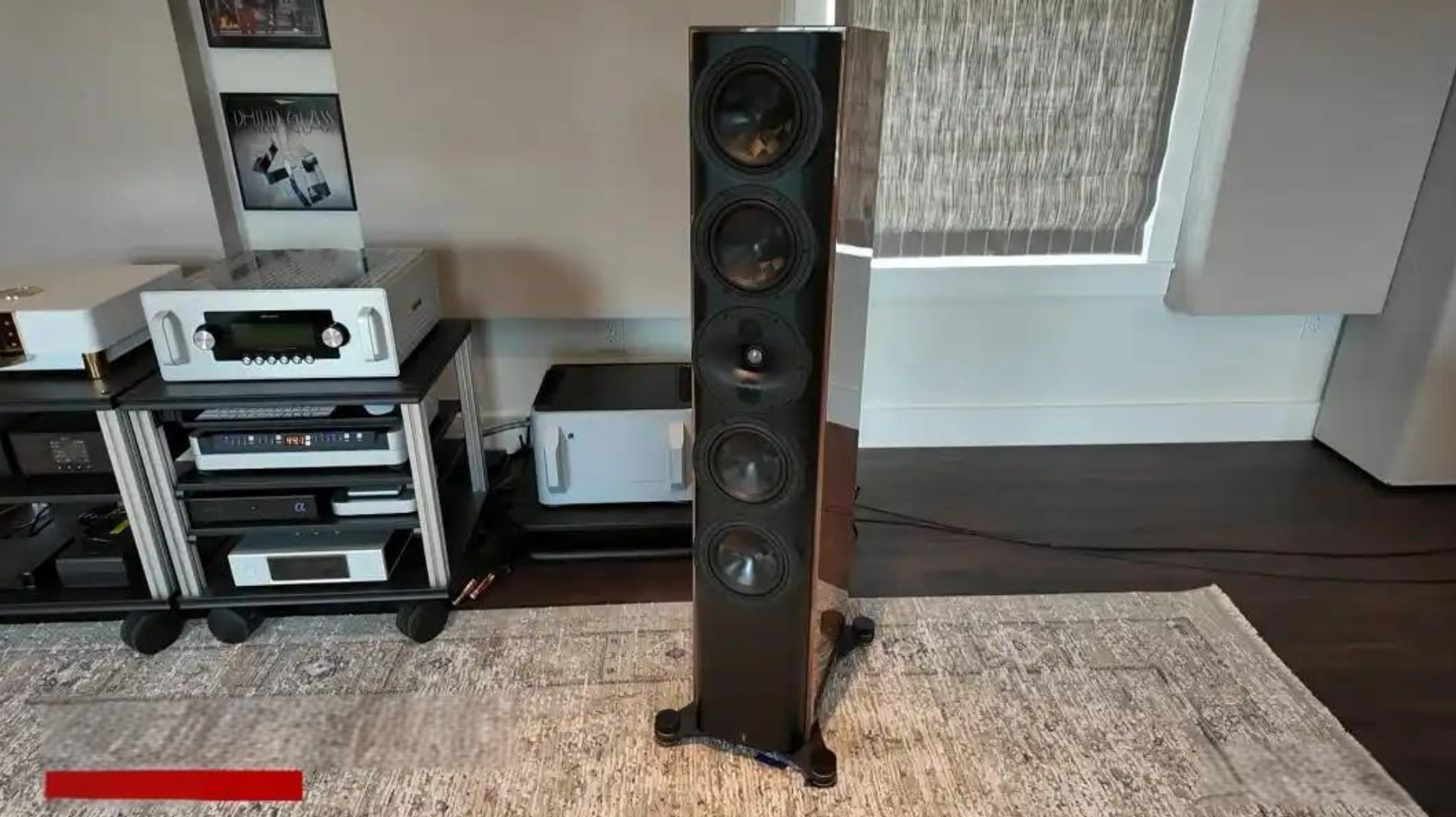
Thirdly, the smoothness and timbre of the high frequencies are exceptional. The S7t's high-frequency presentation surpasses that of typical loudspeakers, delivering a response that is both remarkably flat and richly detailed, without any hint of harshness or attenuation. Its treble timbre evokes the finest tube amplifiers, exhibiting a sound that is luxuriant yet unartificially embellished. Even with recordings of questionable quality, this low-distortion presentation renders them more listenable. The S7t's high frequencies seem to "deconstruct" treble sounds, presenting them with greater temporal accuracy, rather than as a blurred or indistinct mass. This is how it achieves enhanced clarity and definition without resorting to artificial sculpting or overt manipulation.
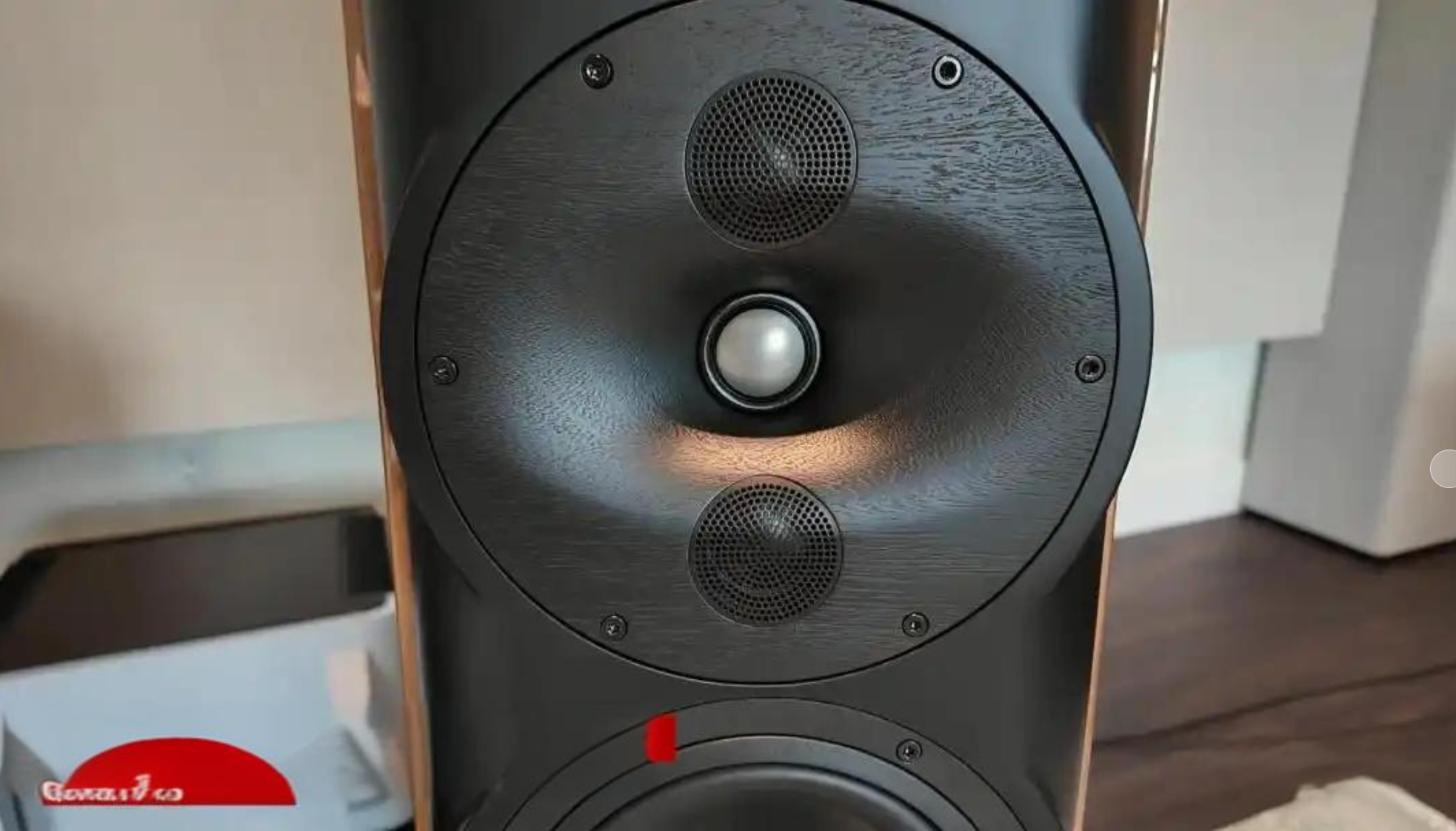
Fourthly, the S7t possesses a characteristic that, for some, will be a compelling reason for purchase, while for others it might be a cause for hesitation. Below 80 Hz, depending on the listening environment and individual perspective, the S7t's bass response may be perceived as neutral, or even slightly attenuated. Essentially, Perlisten's research indicates that below a certain frequency, room gain typically increases at a rate of +6dB per octave, with this frequency varying depending on room dimensions. Based on this research, the S7t is designed with the assumption that a -6dB per octave roll-off from approximately 70 Hz down to 20 Hz will, in typical listening rooms, contribute to achieving a flatter overall low-frequency response. It is important to note that the +6dB of room gain and the speaker's -6dB attenuation are intended to be mutually offsetting, resulting in a net flat bass response in-room.
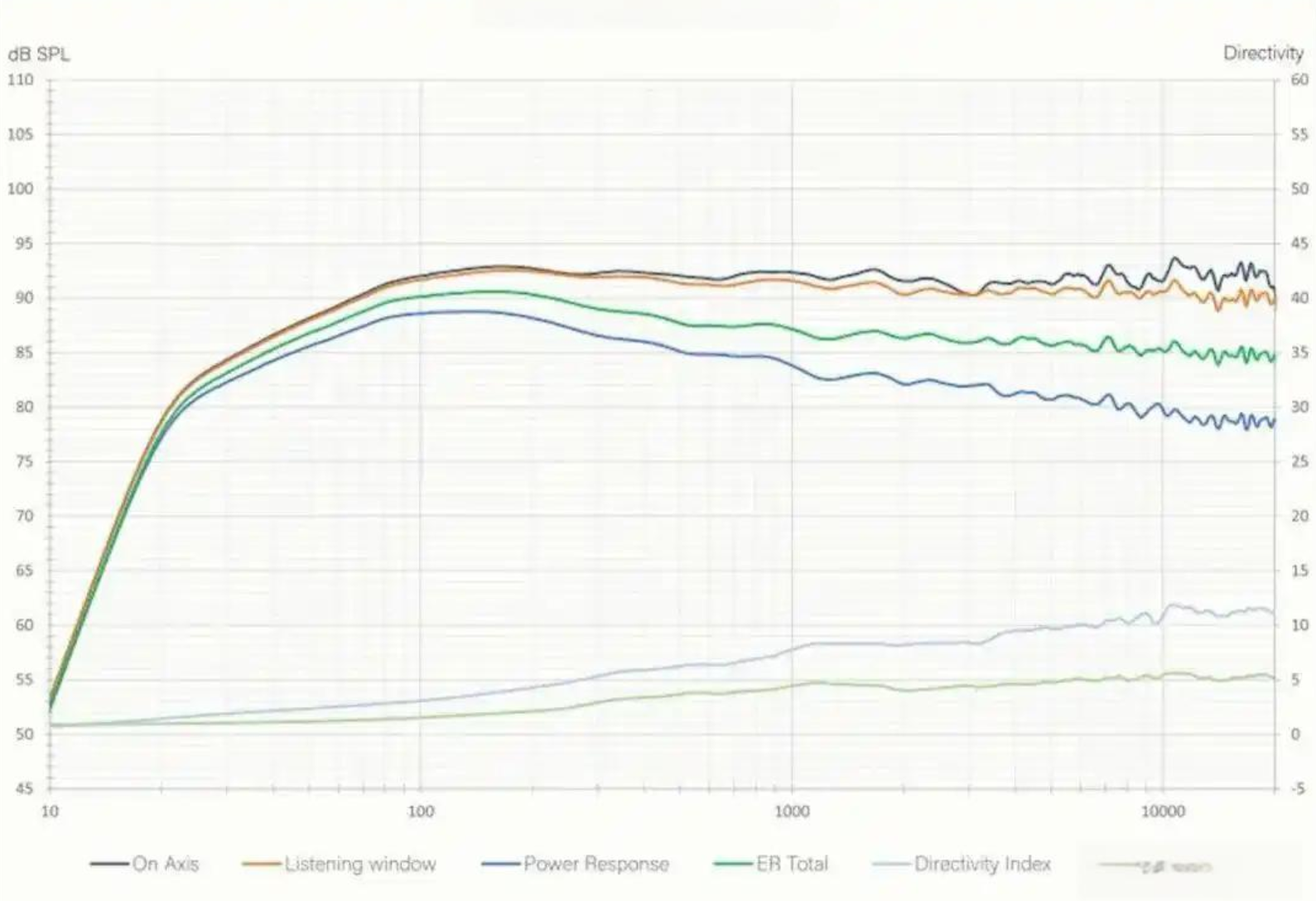
In practical listening scenarios, this design intent largely bears out. The result is not perceived as traditional bass roll-off, but rather more akin to a low-frequency "plateau" or a genuinely flat response. In larger rooms, the bass output in the 70 Hz to 40 Hz range might register as being 1-2 dB lower than absolutely ideal. However, it's crucial to note that the S7t's low-frequency output within this range remains not only usable but also maintains the quality of the mid-bass, extending down to 30 Hz or even lower. (My measurements indicated flat response to 28 Hz, and my room exhibits a natural "null" in the low 20 Hz region, already pushing the speaker to its limits in my space). This signifies that the S7t possesses a wider bandwidth than many comparable products, enabling it to handle extremely low-frequency musical content with greater fidelity. Its bass performance is further enhanced by a low-frequency "Q" value of 0.5, ensuring bass that is tight, devoid of resonance or muddiness. Your room acoustics may introduce some resonance, but the loudspeaker itself contributes no additional coloration.
It is important to remember that actual performance may vary due to differences in room construction and dimensions.
Placing this in the broader context of sonic preferences, some listeners may favor a sound profile with a degree of mid-bass augmentation. This preference may stem from the fact that many loudspeakers exhibit some bass attenuation, leading designers to sometimes introduce artificial bass boost in the 50-70 Hz range. Another common preference is for a gentle downward tilt in the primary frequency range from 40 Hz to 4 kHz. These factors can be influenced by the listening environment and setup. However, the S7t eschews this more conventional approach, instead offering an alternative solution, which we will discuss further.
Given this, and assuming my listening experiences are representative, why might you appreciate this particular tuning philosophy?
One compelling reason is that it caters to listeners who prioritize high resolution and detailed sonic reproduction. Similarly, it appeals to those with a refined understanding of the sound of acoustic instruments in real-world environments. By tuning the low frequencies to what we might term a "flat" or linear, balanced response, the bass frequencies gain enhanced clarity and definition.
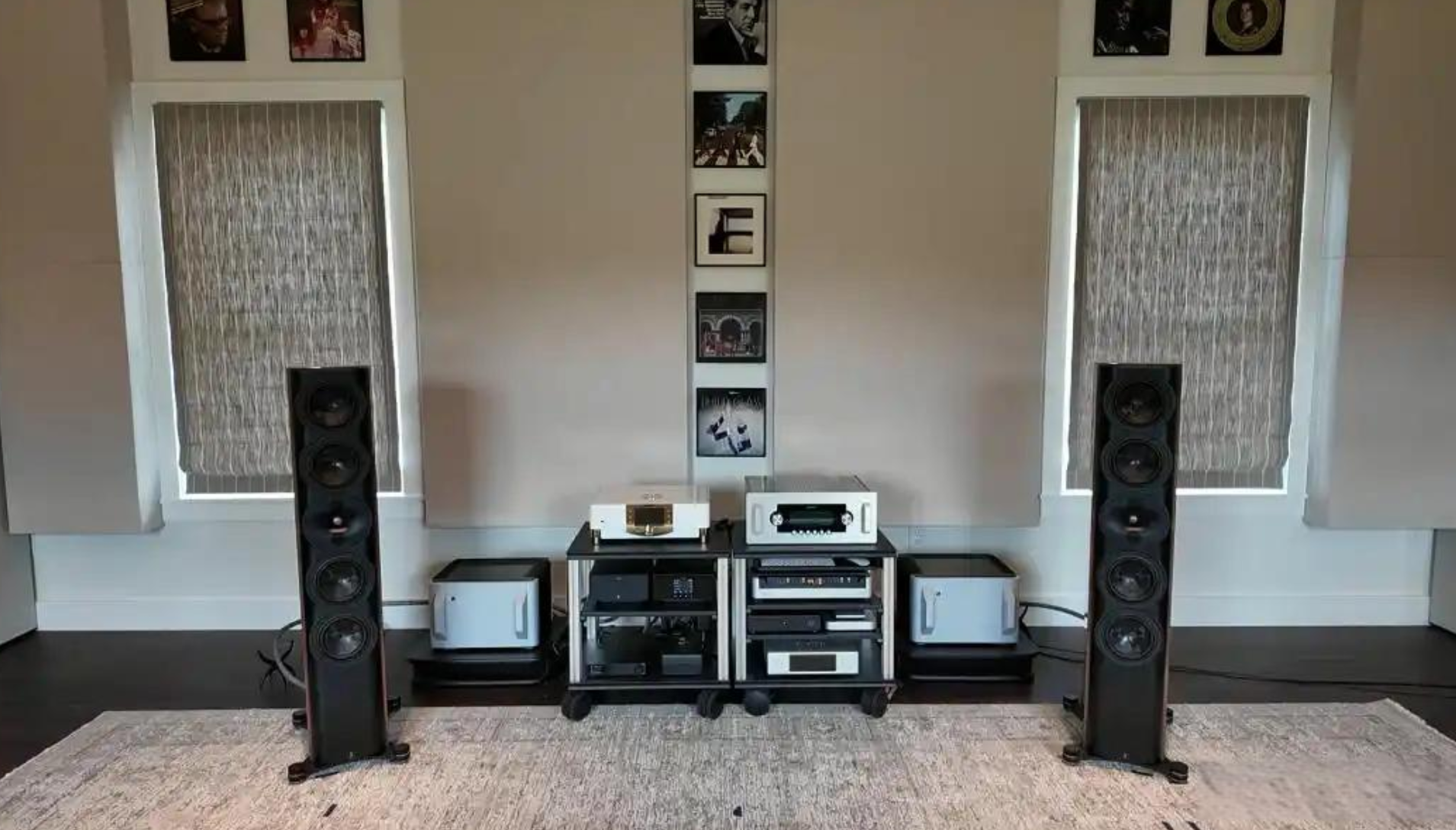
I auditioned a diverse selection of albums to showcase this performance. For instance, the opening track of Air's Moon Safari album features a meandering bassline. Through the S7t, the tonal texture and nuanced detail of the bass were exceptionally rendered. Similarly, with St. Vincent's All Born Screaming, my listening notes indicated superior reproduction of plucked string detail and note-to-note accuracy compared to other loudspeakers. Till Bronner's Nightfall also highlighted the benefits of the S7t's wide bandwidth and flat response. The weight and pitch definition of the string bass were near-perfect, closely mirroring a live jazz performance.
This philosophy of flat bass tuning proves particularly advantageous when contending with room modes, which typically fluctuate within a ±6 dB range. The more a loudspeaker emphasizes low frequencies, the more pronounced room mode issues tend to become. Research suggests that the frequency-emphasizing aspects of room modes are perceptually more problematic than attenuations or nulls.
Furthermore, aligning the S7t's bass tuning with its articulate soundstaging and refined high-frequency performance creates a more cohesive sonic presentation overall. If our objective is to achieve verisimilitude, then we strive to minimize any artifice in the sound reproduction chain.
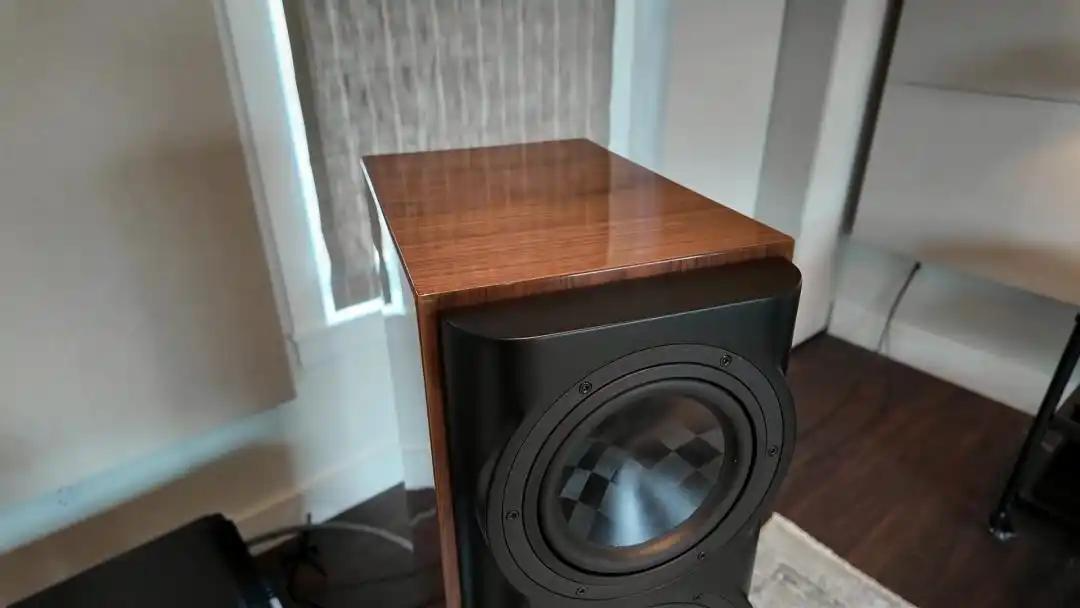
Another compelling rationale for this tuning approach is that it caters to approximately 20% of listeners who are averse to any form of bass augmentation. These listeners often gravitate towards bookshelf loudspeakers, which typically feature smaller bass drivers and exhibit a more pronounced low-frequency roll-off in the 80 Hz region. Some of these speakers are remarkably refined (consider BBC monitors and their derivatives, or planar loudspeakers). It is conceivable that listeners who appreciate this sonic signature would also desire high output capability (the S7t achieves a maximum output of 117 dB with low distortion and wide bandwidth). Furthermore, we can envision that such listeners would also be drawn to the S7t's exceptional soundstage performance. Finally, it is reasonable to assume that this demographic would prefer a slightly restrained bass response, yet one that extends across the full 20-30 Hz bandwidth, preserving the foundational elements of certain musical genres, such as classical or electronic music.
A third compelling reason is that this tuning is particularly advantageous for listeners with larger spaces and well-treated acoustic environments who intend to employ subwoofers to achieve truly seamless low-frequency integration and room correction—capabilities often unattainable with main left and right loudspeakers alone. For example, subwoofers can effectively address issues related to speaker boundary interference. 1 If the subwoofer incorporates EQ functionality (as Perlisten subwoofers do, offering 10 bands of parametric equalization), it can be precisely calibrated to mitigate the impact of room modes. 2 Should you desire increased bass output below 70 Hz, a subwoofer can effortlessly provide additional gain without necessitating supplementary processing of the main signal. We will explore this aspect further in subsequent reviews.
Loudspeakers such as the S7t are ideally suited for listeners who are willing, capable, and indeed enthusiastic about engaging in a process of meticulous system optimization. Moreover, they are particularly well-matched to listening rooms that can fully support the S7t's inherent bass capabilities. I must emphasize that the inherent strengths of the S7t suggest that prospective purchasers would greatly benefit from extended audition periods and in-depth consultations with qualified dealers—essential steps in truly understanding this loudspeaker. It diverges somewhat from more conventional designs, and requires a degree of time and focused listening to fully appreciate its nuances. If you are accustomed to sonic "fast food," then acclimating to the refined palate of "sushi" or "steak" may require a period of adjustment. However, it is precisely these refined qualities that justify the decision to upgrade to such high-caliber equipment.
Typically, I would conduct an in-depth analysis of a loudspeaker's tuning characteristics. For the S7t, its overall tuning performance is intrinsically linked to the previously discussed low and mid-bass behavior. Building upon this foundation, let's explore further:
1. Overall Frequency Balance
The S7t's frequency response exhibits a gentle downward slope from the mid-bass to the upper midrange (200 Hz to 3 kHz), with output decreasing by a few decibels. This characteristic is a beneficial consequence of the smooth performance of the bass driver array within its power range. If we consider the psychoacoustic standard of a gentle downward tilt (approximately -1 dB per octave) as a reference, the overall downward slope may approach 4 dB. Therefore, it can be observed that Perlisten's tuning aligns with average psychoacoustic preferences (it is important to note that these figures are approximate).
Listening to Rachmaninoff's Symphonic Dances (Simon Rattle conducting the Berlin Philharmonic Orchestra), one can clearly appreciate the exceptional performance within the power region. This work, incorporating rock-influenced percussion, bass lines, and cello passages, is rendered with superb rhythmic drive on the S7t. I was even compelled to "air-conduct," as if to urge Rattle onward from the podium.
2. High-Frequency Performance
I previously mentioned the S7t's exceptional treble timbre and low distortion characteristics. It's noteworthy that the S7t's gentle -1dB downward tilt, present through the upper midrange, gives way to a subtly elevated or essentially flat high-frequency response. This characteristic may be a contributing factor to its persuasive treble timbre. It is also plausible that the designers prioritized low distortion, time-domain accuracy, and phase response over strict adherence to a perfectly flat frequency response. Research suggests that the human ear/brain exhibits a greater sensitivity to temporal information than frequency information in the higher registers. Regardless, if a deliberately attenuated treble response is your preference, this may not be the loudspeaker for you. Personally, I did not find it to be at all strident. Especially with well-recorded material, the S7t sounds remarkably clear and transparent, rather than uncomfortably "bright." This quality imbues its high-frequency performance with a captivating allure.
3. Transient Response
Here, matters become particularly engaging. Based on my listening experiences, the S7t's transient response sounds exceptionally well-controlled. I am not employing technical jargon here, but rather conveying an intuitive impression: the S7t sounds remarkably articulate, adeptly differentiating individual performers, and rendering complex mixes without any sense of congestion. This is a genuine achievement. The leading edge of transients is rendered with a speed and precision rivaling the finest dynamic loudspeakers, yet perhaps exhibiting a very slight degree of gentleness when compared to absolute sonic reality. Unless you are a frequent attendee of live unamplified musical performances, I suspect you will find the S7t's transient response to be nothing short of superb. For example, listening to Mezerg's Extended Play album, the track "Pelicula" features a barrage of sustained transients, which the S7t reproduced with remarkable clarity and control. Similarly, Patricia Brennan's Breaking Stretch album, specifically the track "Mudanza," showcases exceptional plucked mid-bass articulation, brimming with both attack and nuanced detail. You cannot help but be impressed by the S7t's convincing and credible rendering of these demanding passages.
Every loudspeaker faces the challenge of accurately reproducing the trailing edge of transients. In comparison to some loudspeakers, the S7t's transients seem to decay perhaps slightly more rapidly. When juxtaposed with the very best loudspeakers at or above its price point, the lower-frequency harmonics of instruments, or the lingering reverberation of the performance venue, may seem subtly diminished. This could be a consequence of the S7t's radiation pattern interacting with the acoustics of my carefully controlled T30 listening room. I am not attempting a technical explanation, but rather endeavoring to convey its nuanced sonic character.
To elaborate, this exceptionally controlled transient behavior can actually be a virtue for many listeners. This is also part of the reason why I've placed it within the discussion of tuning characteristics. Firstly, if your listening room is more reverberant than mine (a strong possibility), the S7t may, in fact, render low-frequency harmonics and venue ambience more effectively. Moreover, consumer research suggests that what I've termed "well-controlled transients" can, to a degree, mitigate certain distortion-related issues that trouble a significant portion of listeners. This includes certain questionable mastering techniques and digital artifacts. The S7t doesn't eliminate these problems, but it avoids exacerbating them to the point of listener fatigue, and it does so without sacrificing clarity or attenuating desirable sonic information. Low distortion appears to be beneficial in this regard.
4. Dynamic Performance
To avoid any ambiguity, my previous discussion of transient response primarily addressed microdynamics, not macrodynamics. In fact, the S7t also excels in its ability to handle large-scale dynamic shifts. It performs exceptionally well at both lower-mid volume levels (around the low 70 dB range) and upper-mid levels (approximately 80 dB), volume ranges that provide ample sonic impact while retaining substantial dynamic headroom. Whether in the low-frequency or high-frequency domain, there is approximately 30 dB of dynamic reserve available.
Of course, if your preferred musical selections heavily rely on robust low-frequency output, the S7t might, in certain instances, sound slightly conservative, particularly if your reference loudspeakers offer more pronounced deep-bass extension, or if your listening room is exceptionally large. For example, in my 4000 cubic foot room, the deep synthesizer bass in Fakear's "Sea Song," while audible, lacked some of the visceral richness I've experienced with other speakers. Conversely, Francine Thirteen's "Queen Mary" fully showcased the S7t's capacity for profound low-frequency reproduction. These subtle nuances in bass balance may require some acclimation—a period of adjustment to appreciating bass as an integral element of the musical arrangement, especially as you begin to focus more intently on the rhythmic, detailed, and pitch-accurate aspects of the low frequencies within the musical fabric.
Turning to orchestral music, I auditioned numerous orchestral recordings. Shostakovich's Symphony No. 7, a work of immense dynamic range, served as a compelling example. The S7t reproduced everything from the quietest passages to the most explosive orchestral crescendos with remarkable fidelity. Whenever such magnificent compositions are rendered with such consummate skill, one cannot help but feel profound gratitude for the meticulous work of both the recording engineers and the loudspeaker designers.
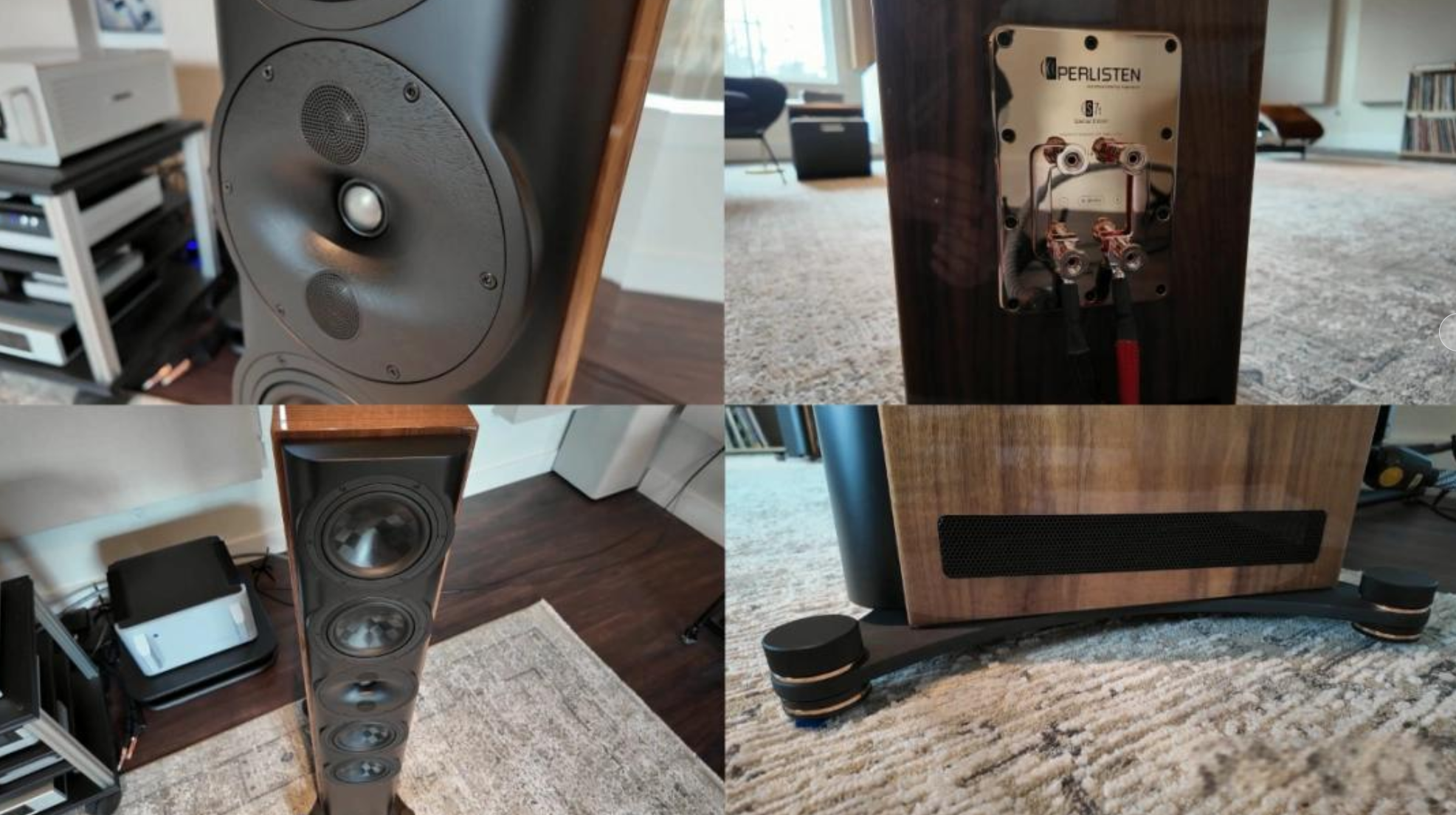
Conclusion:
The Perlisten S7t represents a highly refined loudspeaker design that effortlessly surpasses many competitors in its price class. It's worth emphasizing that many discerning listeners may have been searching for a loudspeaker possessing precisely the S7t's unique strengths, perhaps without even realizing it. Once they experience the S7t, they are likely to be profoundly impressed. While some care is required during setup, the process is not unduly complex compared to many loudspeakers, and it yields demonstrably superior sonic results in practical application. Furthermore, the S7t offers a range of tuning options, enhancing the opportunities to fully appreciate its distinctive allure—it truly possesses its own "secret recipe" for sonic excellence.



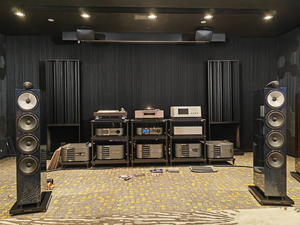
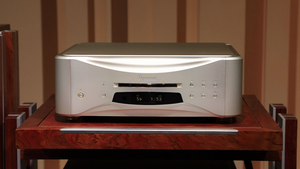
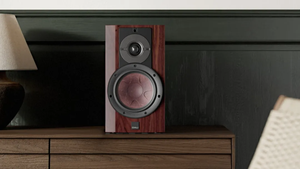
Comments